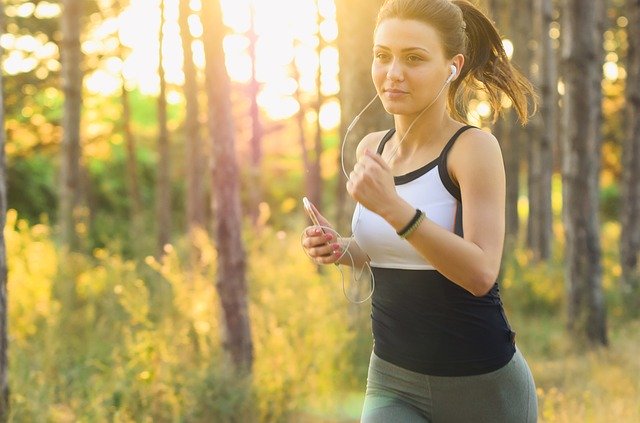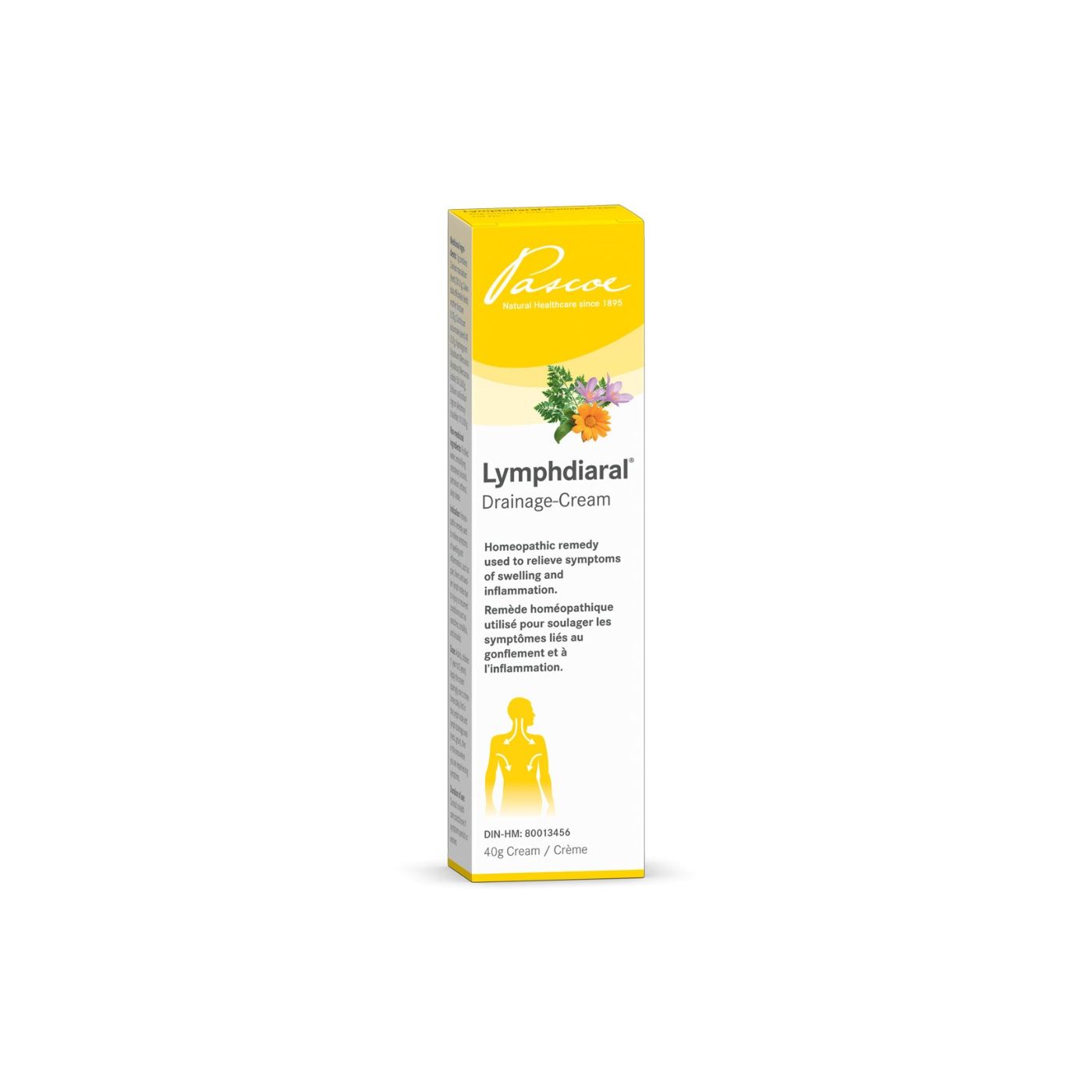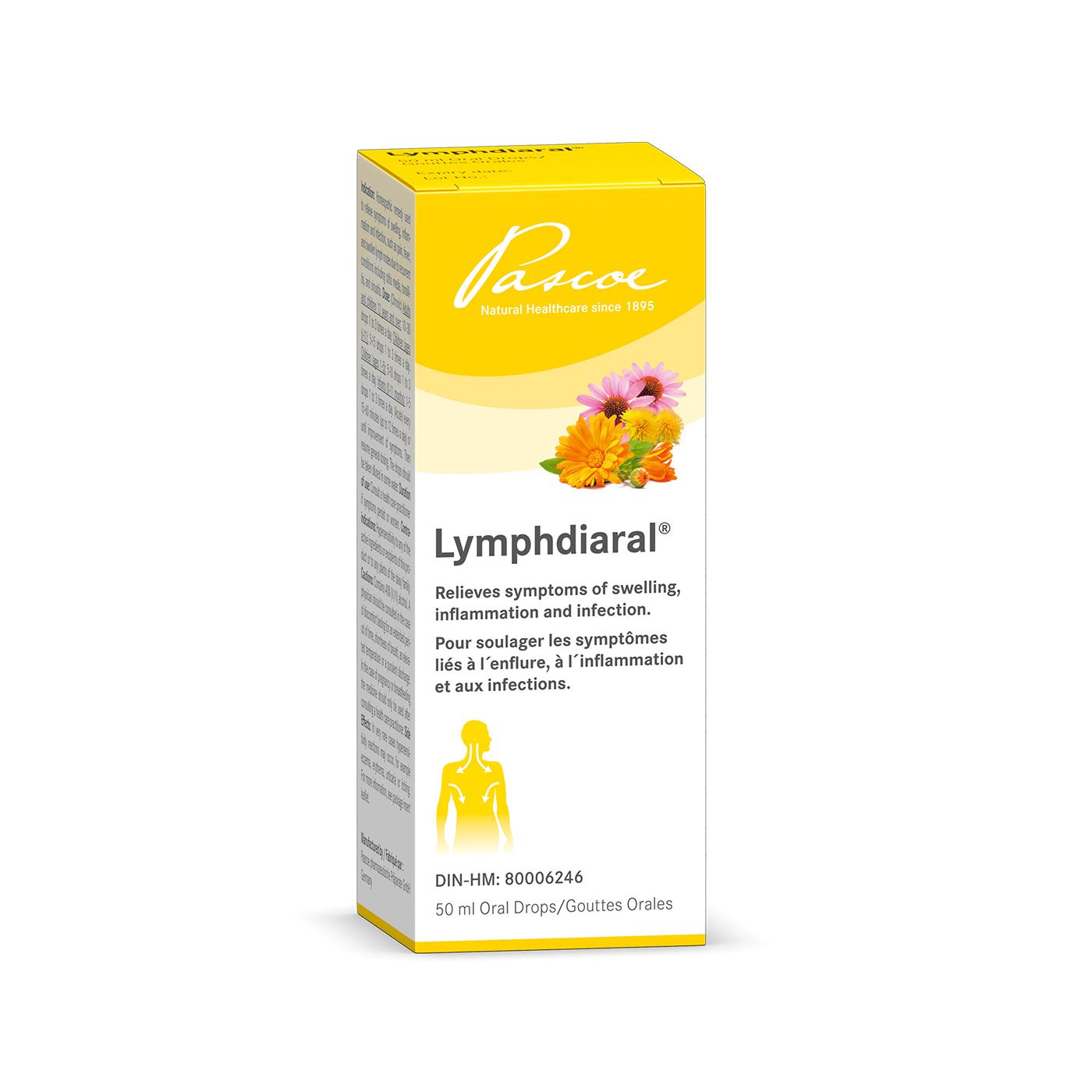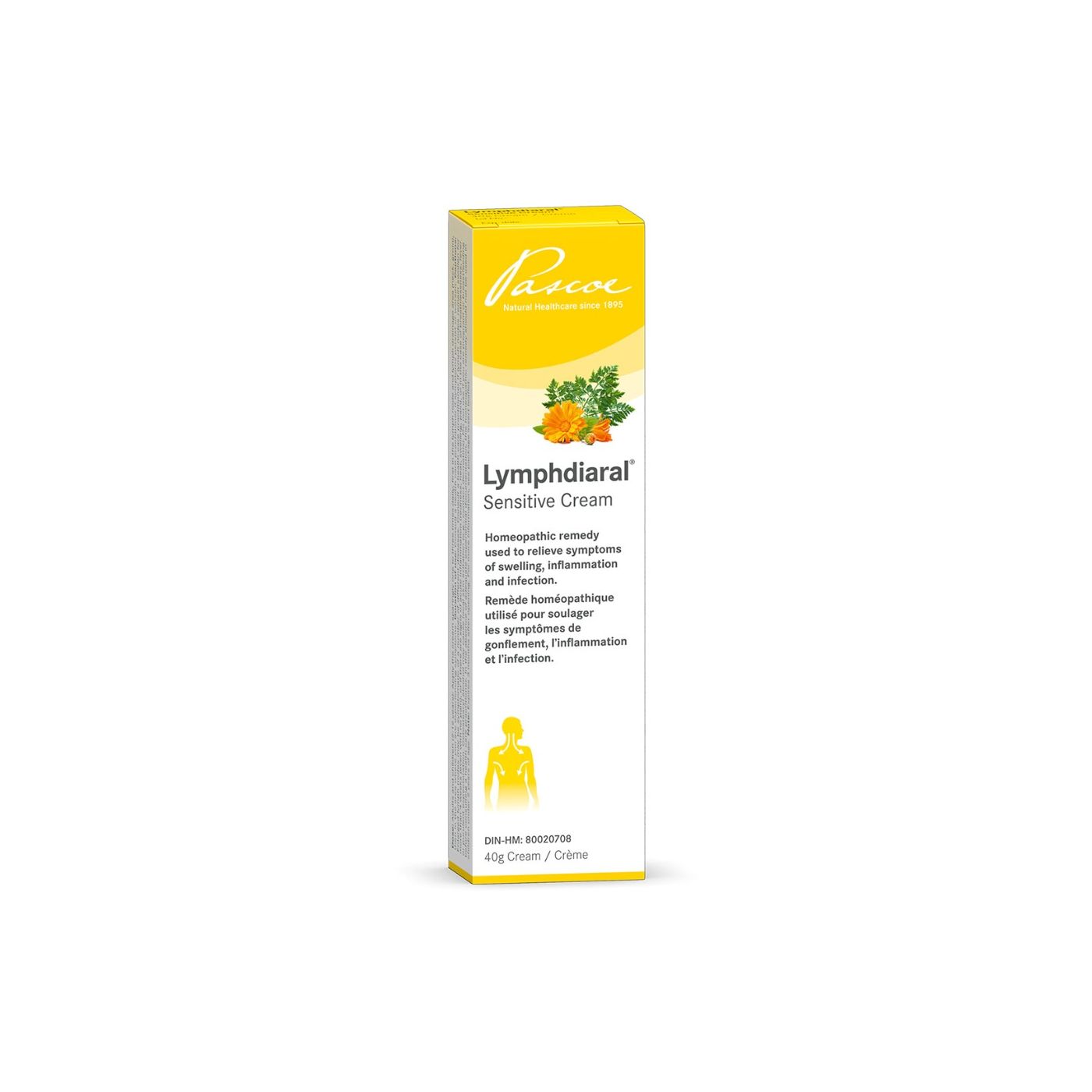Don't Let Runner's Knee Slow You Down - Causes, Symptoms and Treatment
Summer is the perfect time to take your activities outdoor.
For runners and other athletes alike, that means transitioning from the treadmill to the roads. It seems for many that just when you begin to get comfortable with your movement patterns and running gait, knee pain ensues. One of the most prevalent complaints among runners and athletes is a common knee injury known as patellofemoral pain syndrome (PFPS). Better known as “runner’s knee”, this type of pain in the front of the knee accounts for roughly 30% of runner injuries or knee problems. Patellofemoral pain syndrome (PFPS) is defined as anterior knee pain, retropatellar pain or prepatellar pain which causes biochemical and physical changes in the patellofemoral joint. One or both knees in runners and athletes can be affected by this injury and symptoms of pain in the knee vary depending on the severity.
Symptoms of Patellofemoral Pain Syndrome (PFPS) include:
- Dull, achy pain behind the patella (kneecap) or around the knee
- Injury causes decreased movement in the knee
- Pain in the knee joint worsens when running, running downhill or walking downstairs
- Soreness, stiffness or intense pain in the legs and knee from prolonged sitting or kneeling in the bent-knee position
- Swelling and inflammation around the knee, patellar and ligaments
- Popping or grinding (crepitus) in the patellar
- Kneecap that is tender to the touch
- Symptoms of PFPS may also accompany other common injuries (eg. MCL injury or sprain)


Causes of Patellofemoral Pain Syndrome (PFPS):
Patellofemoral pain syndrome is a knee injury that is difficult to manage due to the various contributing factors and the complexity of the knee joint. Repetition and overload, biomechanical problems, and muscular weakness and imbalances may be the potential root causes of this acute injury in the kneecap and knee joint for many runners and athletes.
Overuse and Overload
Runner’s knee is a knee injury that often results from the repeated bending and flexing of your leg and knee. Contributing to this knee injury is also the impact added as you take your stride and leap forward. The repeated weight-bearing impact on the knee leads to knee problems. Therefore, the common knee injury may be due to excessive training, overuse of the patellofemoral joint, or a sudden change in activity, frequency, intensity or duration.
Biomechanical Problems
A common misconception is that the patella is fixed in place by tendons, cartilage and ligaments which allow it to only move in an up-and-down direction. In reality, the patella rotates and tilts to create numerous points of contact between the femur (thigh bone) and the under surface of the patellar. The patella glides along with a notch in the bone called the femoral groove. Ligaments and tendons keep the knee from moving too far side-to-side. The ligaments and tendons also keep the tibia from sliding too far forward or backward under the femur.
The ligaments, tendons and cartilage work together to control the stability of the knee and surrounding bones (e.g tibia). The patella is covered in cartilage and acts as a lubricant for the joints. Malalignment throughout the leg causes a poor tracking of the kneecap in the groove and often results in a knee injury. A biomechanical problem causes the cartilage under the kneecap to rub or grind along the groove and create pressure. The cartilage can irritate soft tissue and lead to knee pain.
No single biomechanical factor has been pinpointed as the principal cause of patellofemoral pain syndrome. Systematic reviews of knee joint complaints have hypothesized several common causes. Flat feet or foot pronation is a condition where individuals lack a supportive medial arch. Patellofemoral pain results as the tibia or femur internally rotate to compensate for the biomechanical problem.
Research has also investigated the Q-angle as a predisposing factor for patellofemoral pain syndrome. While normal angles vary from 10 to 22 degrees, a "large" Q-angle above the knee joint may cause knee injury and knee pain.
Muscular Weakness or Imbalances
Patellofemoral pain syndrome in runners and athletes can be caused by both muscle weakness and inflexibility. Muscle weakness and imbalance around the hip, thigh, quadriceps and core are most often cited as areas for concern in cases of knee pain and patellofemoral syndrome. While runner’s have strong hip flexors, there is weakness in the posterior chain such as the glutes. As a result, the femur tends to rotate inward causing pressure on the patellofemoral.
Another common culprit of malalignment in running is tight muscles and ligaments throughout the leg, specifically in the hamstrings, quadriceps or hips. A tight iliotibial band (IT band) may upset the balance of the patellofemoral and cause knee injury. Tightness places disproportionate lateral force on the patella and can also externally rotate the femur. Since the hamstring muscles flex the knee, tight hamstrings may cause excessive pressure between the patella and femur which also results in knee injury. In cases of patellofemoral pain syndrome, individuals may also have tightness in the hips and calf muscles which causes foot pronation, pressure on the patella and injury.
Treatment
There is no one-size-fits-all treatment plan for runners or athletes experiencing patellofemoral pain syndrome or knee injury. As with any condition, individuality is paramount and treatment of knee pain must be specific to the symptoms.
- Most runners and athletes recover from patellofemoral pain (PFPS) with rest, ice, compression and elevation of the knee. Runners may benefit from taking a break or reducing their mileage. During recovery, opting for low impact activities that are easier on the knees - such as swimming and cross-training or bicycling is optimal.
- Short-term treatment plans, such as knee braces or taping to support tendons and ligaments, may help relieve symptoms and allow runners and athletes get back to sport sooner.
- Ensure runners and athletes have the right pair of running shoes for their foot type. Ill-fitting shoes affect the stress and weight distribution of your body as your feet hit the ground when running. The quality, fit and use of arch supports in running shoes should be considered. Runners should also try training on a different surfaces.
- Strength training exercises that target both the anterior and posterior muscles to ensure proper alignment is important to prevent and treat injury. Focus on specific exercises that support your knees, ligaments and patellar. Single-leg strength training that focuses on your quadriceps, hamstrings and hip abductors will improve and control limb alignment.
- Improving flexibility of the tendons, ligaments, and muscles offers long-term benefits. Increasing your range of motion through daily stretching or foam rolling can improve muscular efficiency. Stretches during warm up should focus on your posterior glute muscle, IT bands, quadriceps, thighs and hamstrings.
- Non-steroidal anti-inflammatory drugs (NSAIDs) or over-the-counter medications can be used to help relieve symptoms of knee injury and patellofemoral syndrome (eg. ibuprofen or naproxen).
In certain cases, knee pain can be extremely treatment resistant and can cause chronic knee pain problems. Physical therapy with a sports medicine professional or healthcare provider may be necessary. Patellafemoral pain syndrome is often not detectable by the naked eye and patellofemoral syndrome should be differentiated from an injury caused by other conditions. Physical therapy or an x-ray can be used to identify other conditions that can resemble runner's patellofemoral syndrome, including:
- Iliotibial band syndrome: pain that is localized to the kneecap, not on either side of the knee
- Sprain, specifically a sprain in the knee
- Patellar tendinitis
- Anterior Knee Pain
- Injury to the ACL and MCL
- Osgood-Schlatter disease
- Meniscus tears
Natural Healing Remedies
- Colchicum: is apart of the Colchicaceae family and when used in homeopathic preparations, reduces swelling and pain. The plant colchicum contains the alkaloid known as colchicine which encourages the body to respond to uric acid crystals which form on the joint and may cause warmth, swelling, inflammation and intense pain.
- Calendula: one of the most popular healing botanicals. The calendula flower is commonly known as Marigold and is used in herbal medicine to relax muscles and relieve inflammation. When topically applied to injuries, calendula promotes circulation, relieves stagnation in the body and stimulates healing.
- Conium: This herb and flower has historically been used in homeopathic preparations to help with swelling, sprains and strains. Conium's principal action is on the glandular and capillary systems and works by decreasing swelling in the glands and reducing pain and inflammation.
Summary
Typically, symptoms of patellofemoral pain responds well to at-home care and changes in training regimens. While there are numerous treatment options for patellofemoral pain, understanding why you came to have this injury will help to avoid recurrence of Runners knee and prevent future injuries.
Lymphdiaral® Drainage Cream
Lymphdiaral® Drainage-Cream and Sensitive Cream are homeopathic remedies used to relieve symptoms of swelling and inflammation, therefore, easing the pain and accelerating healing. It targets the lyphatic system and encourages your lymphatic system to operate faster and more efficiently.
Lymphdiaral® Drainage-Cream has bee used clinically worldwide for over 50 years and is made of conium, calendula, colchicum, and other ingredients from nature.
- Works almost immediately on contact
- Excellent tolerability
- Odorless and non-greasy
- Suitable for ages 1 and older
- Available in 20, 40 and 100g tubes






